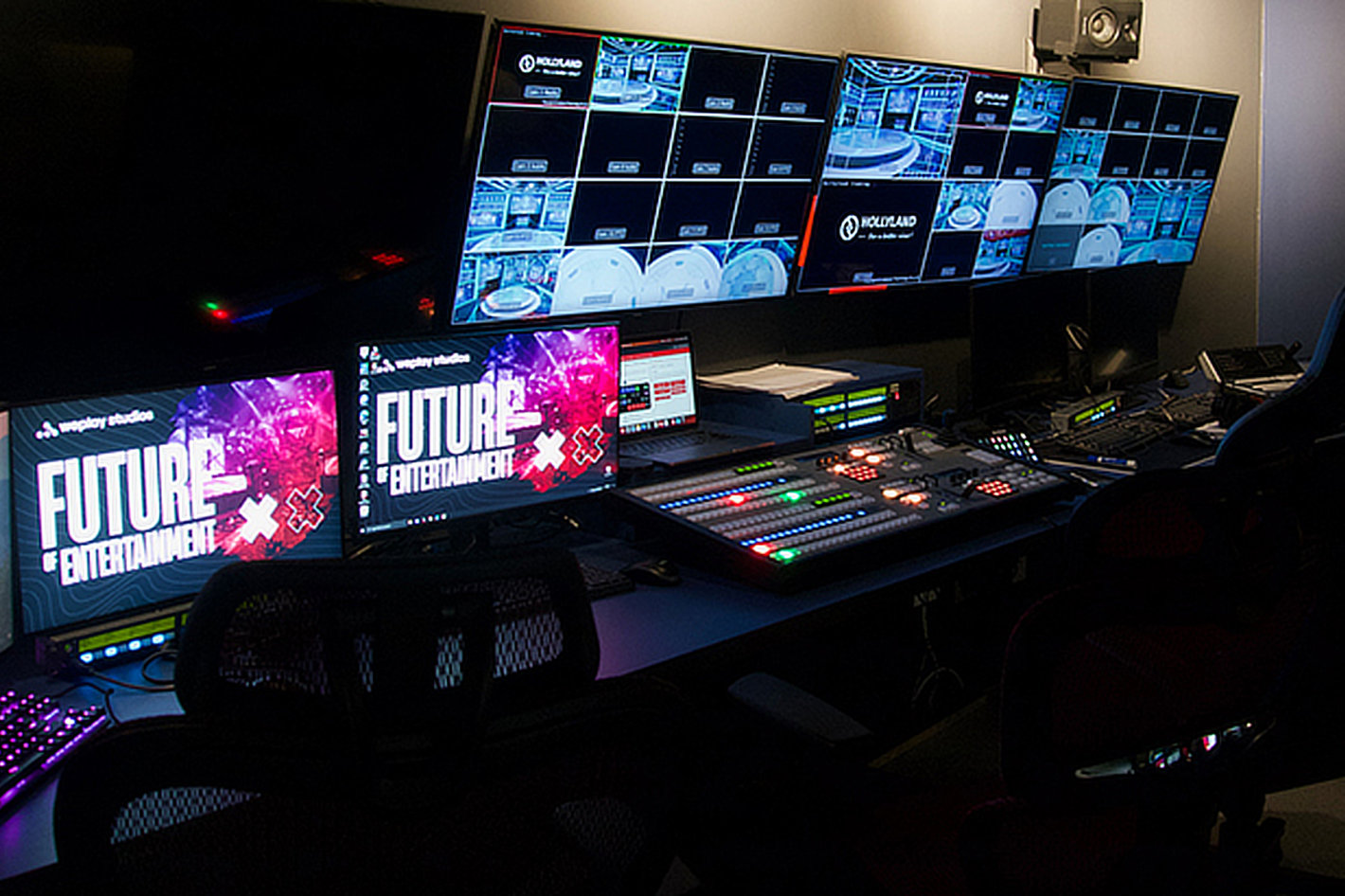Firstly and most importantly, proper setup is crucial for the functionality of LED video walls. The installation should be done by trained professionals who comprehend the technical requirements of the equipment. This entails making sure that the video screen is safely installed and that all links are properly made. Additionally, the location of the display wall should be thoughtfully selected to prevent direct light, which can cause glare and impact sight. A well-planned setup will help prevent technological issues and ensure that the video wall functions smoothly throughout the performance.
Another crucial strategy is to perform thorough checks before the event starts. This includes operating the video screen through various situations to check for any potential issues. Technicians should check the brightness, hue accuracy, and resolution of the screen. It is also essential to verify the audio-visual alignment, especially for events that feature video presentation. By identifying and resolving any issues in prior, event planners can avoid interruptions during the live event and ensure a smooth experience for the spectators.

In addition to setup and testing, having a contingency plan is crucial for the effectiveness of LED display screens. Technical malfunctions can happen unexpectedly, so it is important to be ready. Performance organizers should have spare gear on hand, such as spare Light Emitting Diode panels and cables. Furthermore, having a qualified technician available during the event can help promptly resolve any issues that may occur. This proactive approach can reduce downtime and keep the event operating smoothly, ensuring that the spectators stays engaged.
A further tactic to consider is the use of suitable content for the LED display screen. The visuals displayed should be top-notch and pertinent to the performance. This means using graphics and footage that are specially designed for massive displays. Material should be checked to ensure it looks well on the display wall and is easy to view from a far. Engaging visuals you could look here can improve the total experience and keep the spectators' attention on the performance.
Finally, routine upkeep of the Light Emitting Diode display screen is crucial for sustained functionality. After each performance, technicians should inspect the equipment for any signs of wear or deterioration. Wiping the screens and verifying links can help avoid future issues. Additionally, keeping software and firmware up to date ensures that the display screen functions effectively. By prioritizing maintenance, performance planners can prolong the duration of their Light Emitting Diode video walls and ensure they are always prepared for the upcoming real-time performance.
In conclusion, ensuring optimal functionality of Light Emitting Diode display walls during live events requires careful preparation and implementation. By concentrating on correct installation, thorough testing, having a contingency strategy, utilizing appropriate content, and regular maintenance, event planners can produce a effective and engaging experience for their spectators. These tactics not only improve the visual impact of the event but also add to its total effectiveness.